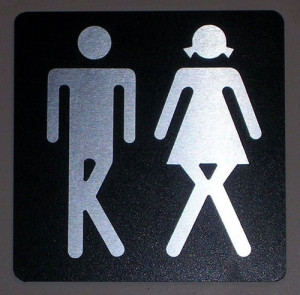How does the Bladder Work
As a key part of the urinary system, the bladder is crucial to removing waste from your body
The bladder is one of the key organs in the urinary system and it stores urine following production by the kidneys until the body can release it. Urine is a waste substance produced by the kidneys as they filter our blood of toxins and other unneeded elements. Up to 150 litres (40 gallons) of blood are filtered per day by your kidneys, but only around two litres (0.5 gallons) of waste actually pass down the ureters to the bladder.
Urine travels down the ureters and through the ureter valves, which attach each tube to the organ and prevent any liquid passing back. The bladder walls, controlled by the detrusor muscles, relax as urine enters and allow the organ to fill. When
the bladder becomes full, or nearly full, the nerves in the bladder communicate with the brain, which in turn induces an urge to urinate. This sensation will get stronger if you do not go – creating the ‘bursting for a wee’ feeling that you can occasionally experience. When ready to urinate, both the internal and external sphincters relax and the detrusor muscles in the bladder wall contract in order to generate pressure, forcing urine to pass down the urethra and exit the body.
 As well as telling you when you need to pass fluid, the urinary system also helps to maintain the mineral and salt balance in your body. For instance, when salts and minerals are too highly concentrated, you feel thirst to regain the balance.
As well as telling you when you need to pass fluid, the urinary system also helps to maintain the mineral and salt balance in your body. For instance, when salts and minerals are too highly concentrated, you feel thirst to regain the balance.
Incontinence explained
For the bladder to work correctly, several areas within it must all function properly. It is most commonly the failure of one of these features that leads to incontinence.
A common type of urinary incontinence is urge incontinence. This is when an individual feels a sudden compulsion to urinate and will release urine without control. It is often caused by involuntary spasms by the detrusor muscles which can be a result of either nervous system problems or infections.
Another type is stress incontinence, caused when the external sphincter or pelvic floor muscles are damaged. This means urine can accidentally escape, especially if the pelvic floor is under pressure (eg while coughing, laughing or sneezing). This kind of incontinence is most common in the elderly.
One modern remedy is a preventative implant that has been developed to replace post-event incontinence pads. This comes in the form of a collagen-based substance injected around the urethra in order to support it.

